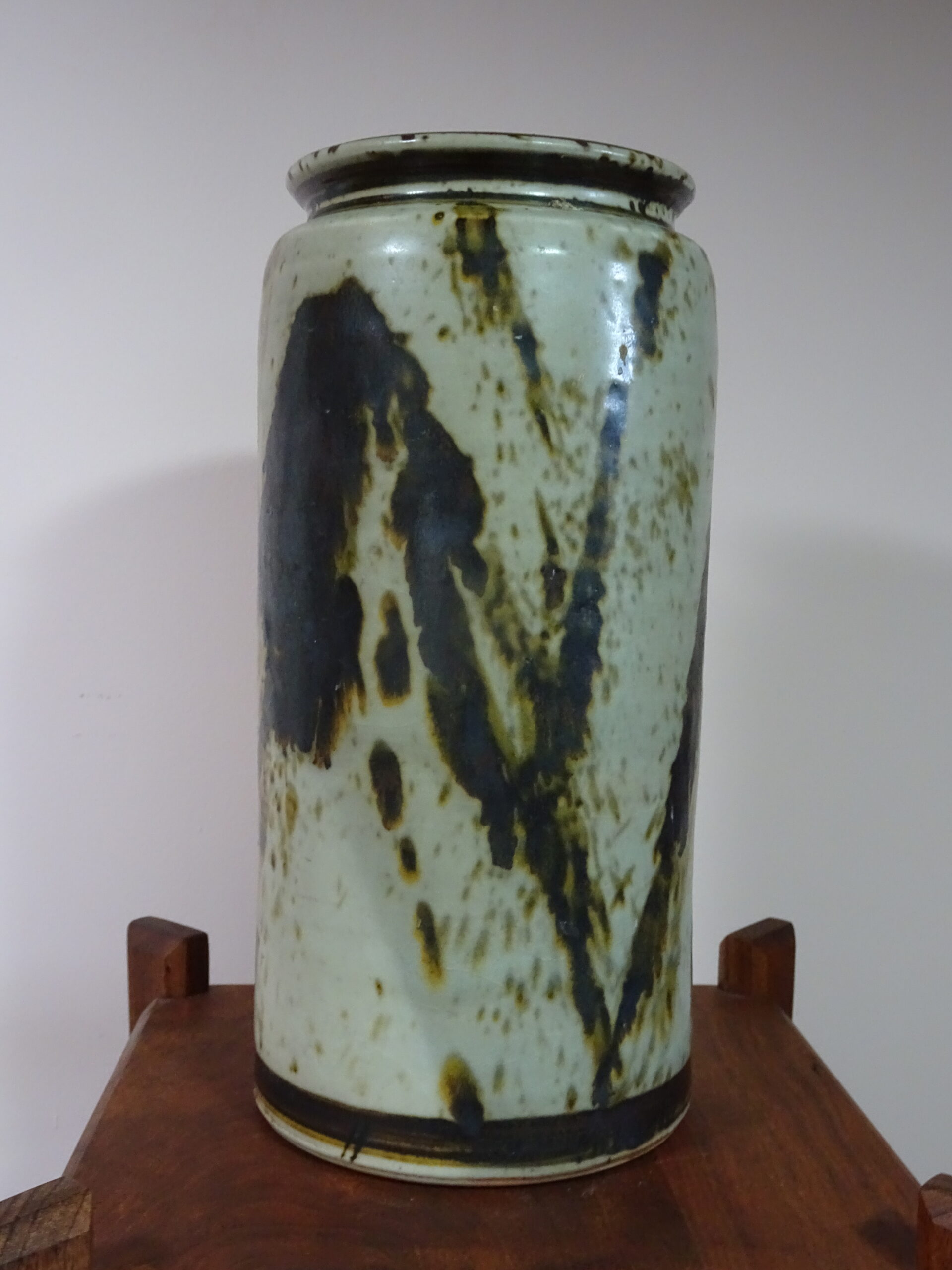Giovanni di Paolo, “Head of John the Baptist Presented to Herod” 1454\
In today’s Gospel,* a young girl is commanded to entertain her step-father and his important guests. These leering men did not care what this girl might feel as they enjoyed undressing her with their eyes, indulging their lustful imaginations as they watched her dance. For them, she was just one of the evening’s amusements, a plaything to be admired and then ignored.
As I read this terse passage, I find myself filled with grief and rage over all the ways that the suffering of women and girls is disregarded while the bad behavior of powerful adult men is celebrated in the bible and in this morning’s newspaper. I also find myself wondering why the writer of the passage invites us to blame the girl while making excuses for Herod, who—despite his claims of respect for John the Baptist—is the one who gives the order for him to be killed. My dismay deepens when I read the commentaries, as they, too gloss over the dangers that surround a child who is forced to dance along the fine line between the abusive demands of a vengeful mother and the equally outrageous requirements of an immoral step-father. Instead, the writers focus on things like the adulterous relationship between the ruler and his brother’s wife, the power struggle among the adults, or a comparison between the death of John the Baptist and that of Jesus – as if neither I, nor Jesus, should care about the plight of one, defenseless, little girl.
But other Gospel readings remind me that that is exactly who I should care about. All the passages about Jesus bringing the daughter of Jairus back to life, calling the little children to him when the disciples want to shoo them away, or healing a Canaanite woman’s daughter, tell me that Jesus is on the side of those who are on the margins, those who have no power, those who are being oppressed and ignored. The question is not whether I should care, but rather who benefits when I look the other way.
After I wrote the above reflection, I found an article by Aysha Winstanley Musa, “The Gendered Construction of Blame in the Gospel of Mark’s Account of John the Baptist’s death” in the Sheffield Gender History Journal. It is more academic than our usual spiritual references, but I found it very helpful and enlightening.
See also Emerson Powery’s commentary in the Working Preacher blog for July 15, 2012. Powery references Janice Capel Anderson, “Feminist Criticism: The Dancing Daughter.” In Mark & Method: New Approaches in Biblical Studies, 2nd edition. Eds. Janice Capel Anderson and Stephen D. Moore (Fortress Press, 2008), 111-144 [126], but I was unable to find a copy.






